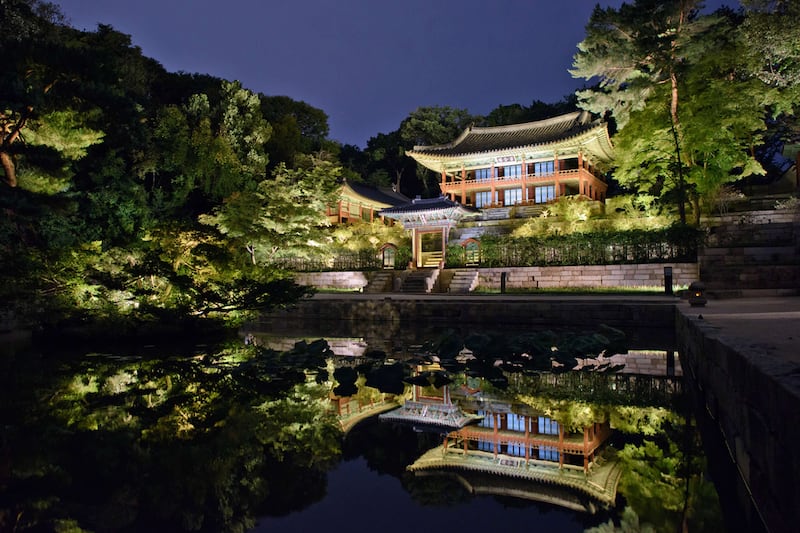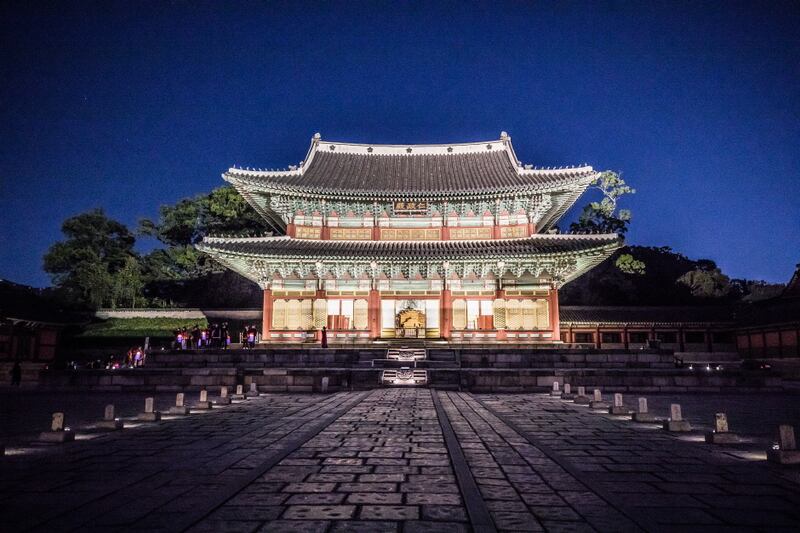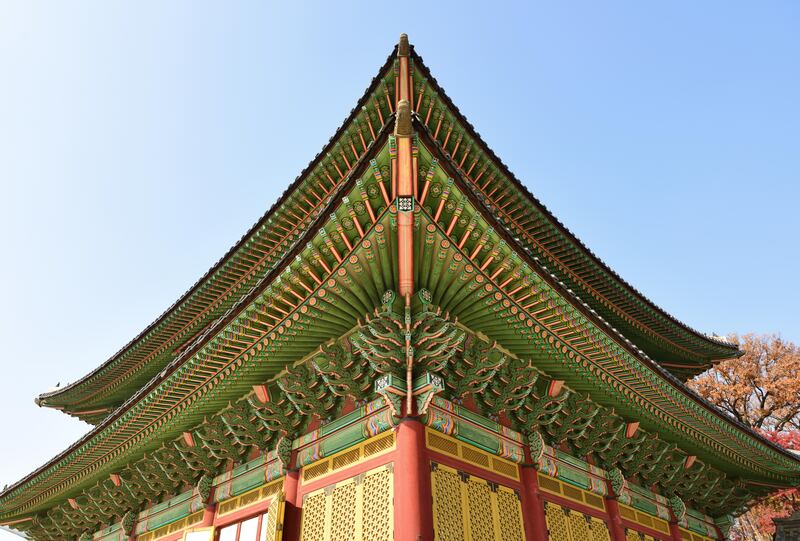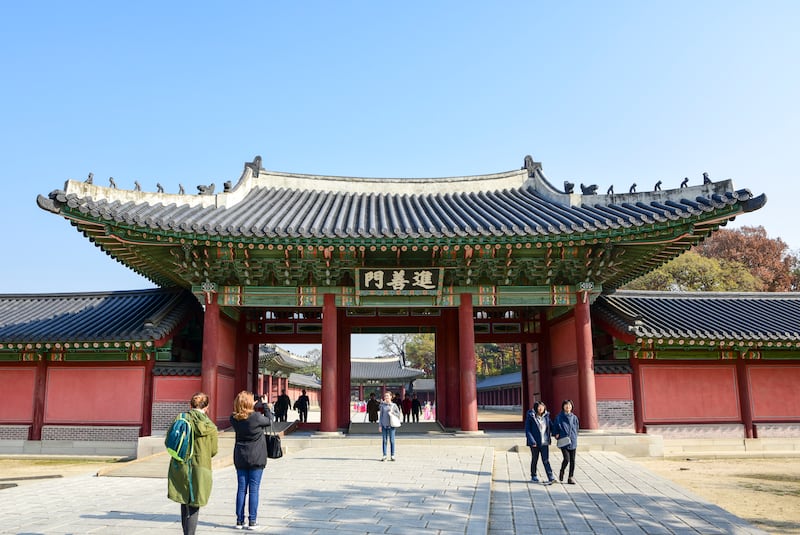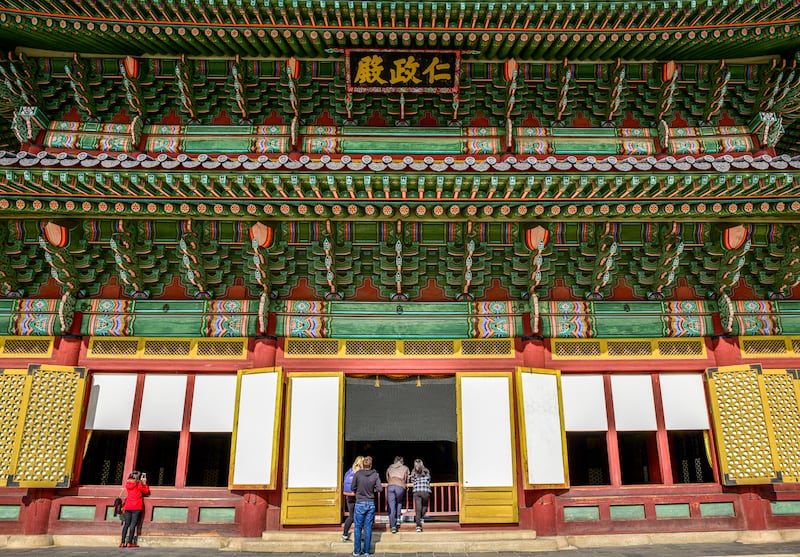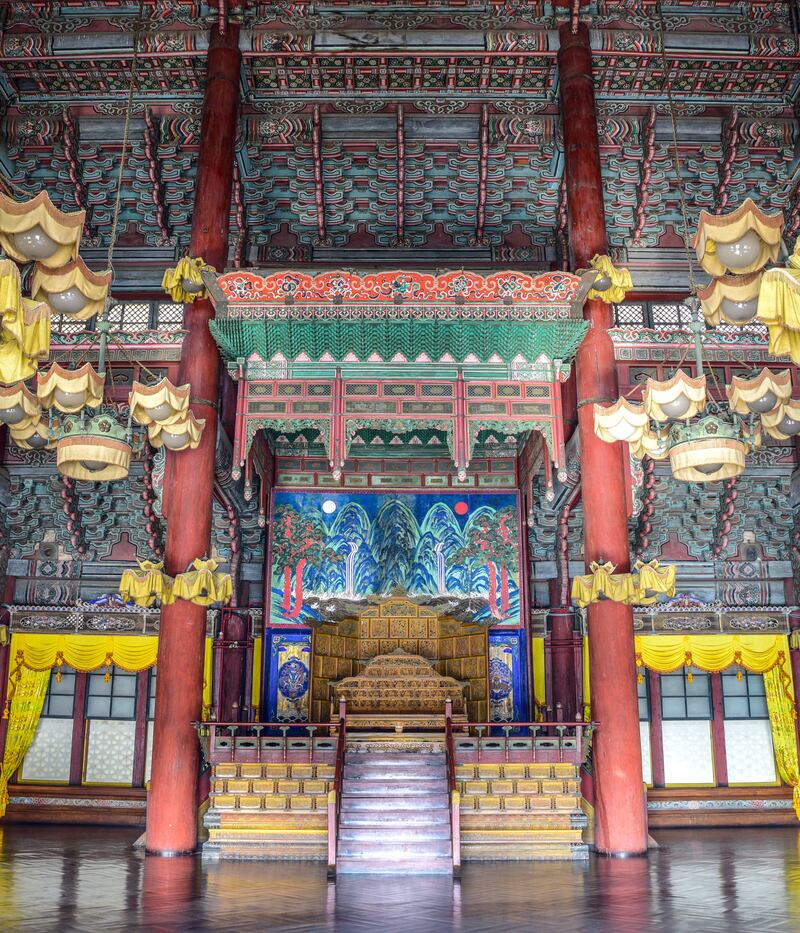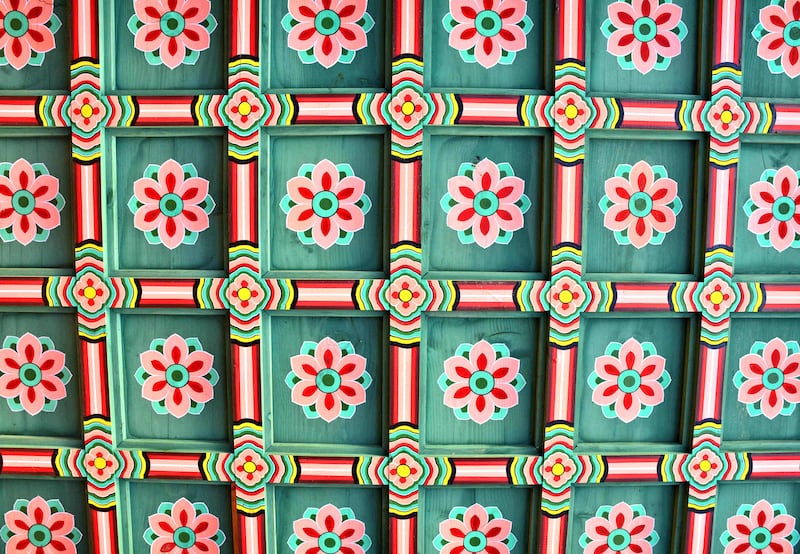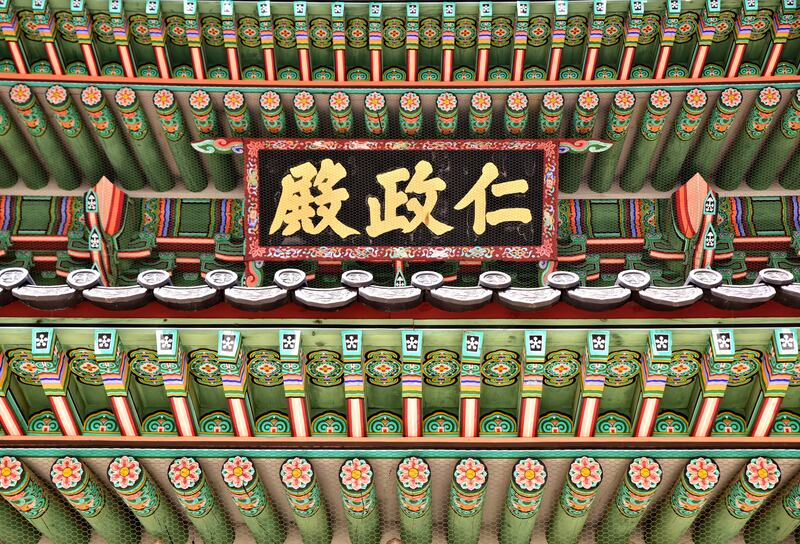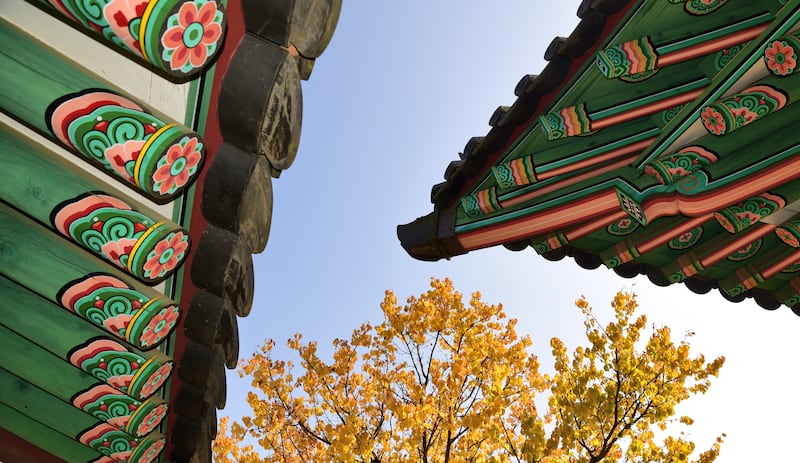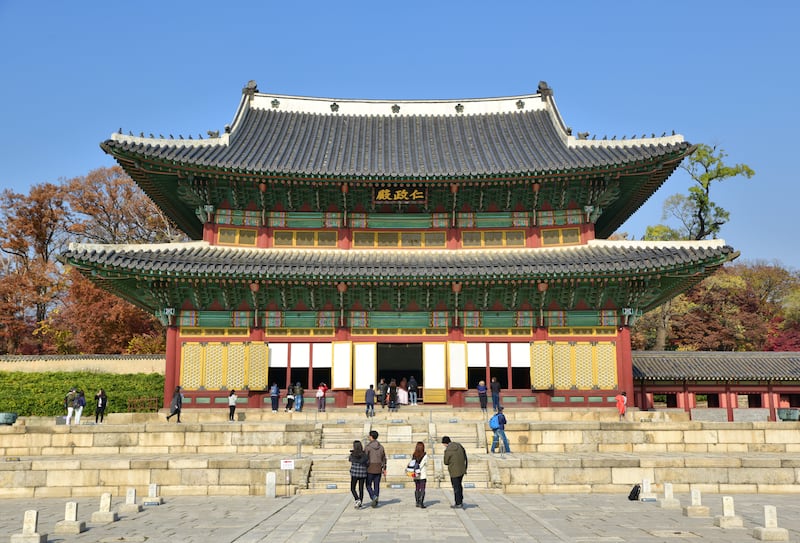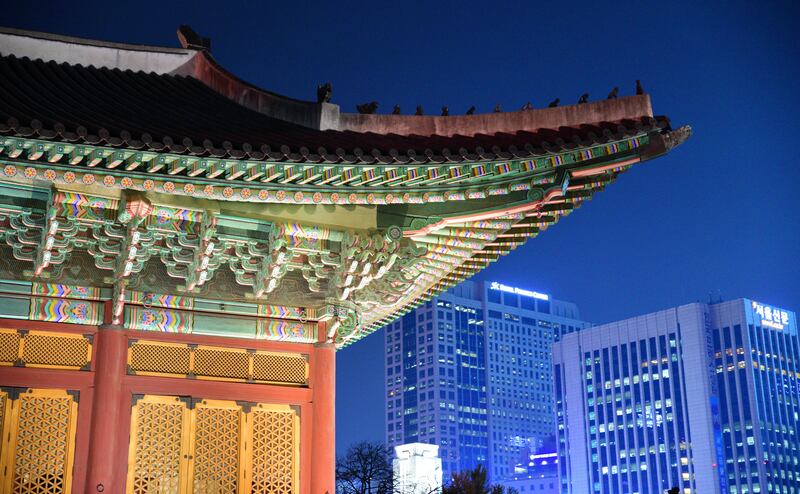One of Seoul's most-visited landmarks is reopening for night visits for the first time since the global pandemic.
Tourists will soon have a rare chance to explore Seoul’s magnificent Changdeokgung Palace beneath the stars during night-time guided tours featuring traditional Korean performances.
On Sunday and June 4, the 58-hectare Royal complex in the South Korean capital will host the first English-language moonlight tours of the landmark since before the Covid-19 pandemic.
Typically, the Unesco World Cultural Heritage site is only open to visitors during the day.
During these visits, Changdeokgung will be illuminated by both artificial light and the warm glow of traditional Korean lanterns. Tour participants will learn the history of the structure, which dates to the 1400s.
The 100-minute night tours cost Dh83 per person, and runs at staggered intervals from 7.20pm on both dates. Each session admits up to 75 travellers.
Korean capital's after-dark delight
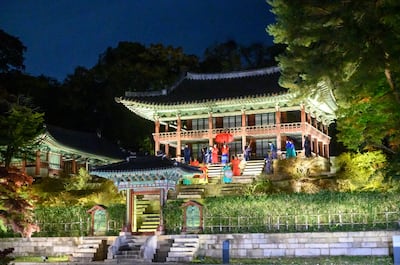
In the daylight, the palace is wonderfully photogenic, thanks to the dazzlingly-bright colours of Dancheong. This is the name of a Korean design system which, for about 2,000 years, has been used to embellish the country’s most important structures.
Dancheong decorates the palace in a dense array of floral and geometric patterns, all painted in a specific palette of red, green, blue, yellow, black and white. As a result, Changdeokgung’s buildings look commanding and regal at a distance, and mesmerising up close. And they will be even more striking in the moonlight.
Organised by the Korea Cultural Heritage Foundation, tours begin at the palace’s chief entrance, the hulking Donwhamun Gate and go through the complex to the lush grove that is the Secret Garden Forest Trail.
Guides leading the tours will explain how Changdeokgung was razed during the Japanese invasions of the late 1500s. Its dozens of halls, offices, pavilions and bridges were later carefully reconstructed.
Along the way, tourists will meet staff dressed as the King and Queen of the Joseon Dynasty. They’ll also stop three times to watch brief performances of the Daegeum bamboo flute, Ajaeng string instrument, traditional Korean Court dances, and Gagok singing.
Seoul's must-visit ancient palaces
Seoul attracts many tourists with its futuristic appeal, as an enormous city spiked by high rises, modern museums, towering five-star hotels, and massive shopping centres. But embedded within this cutting-edge cityscape is a wealth of historic sites, including five Imperial palaces, all in the downtown area.
They are Changdeokgung, Gyeonghuigung, Changgyeonggung, Deoksugung, and Gyeongbokgung. The latter is the largest, and also Seoul’s top tourist attraction, a 14th-century wonder long home to the kings of Korea’s Joseon Dynasty. But Changdeokgung is the most majestic.
It owns a picturesque location at the foot of Bukhansan, a forest-clad, 830m-tall mountain and national park that looms over the Seoul CBD. Directly to the palace’s south is Seoul’s most famous religious site, Jongmyo Shrine, a colourful, 16th century Confucian complex which protects the spirit tablets of Joseon kings and queens.
And the moon's gleaming presence will render a visit to this historic landmark all the more memorable.
